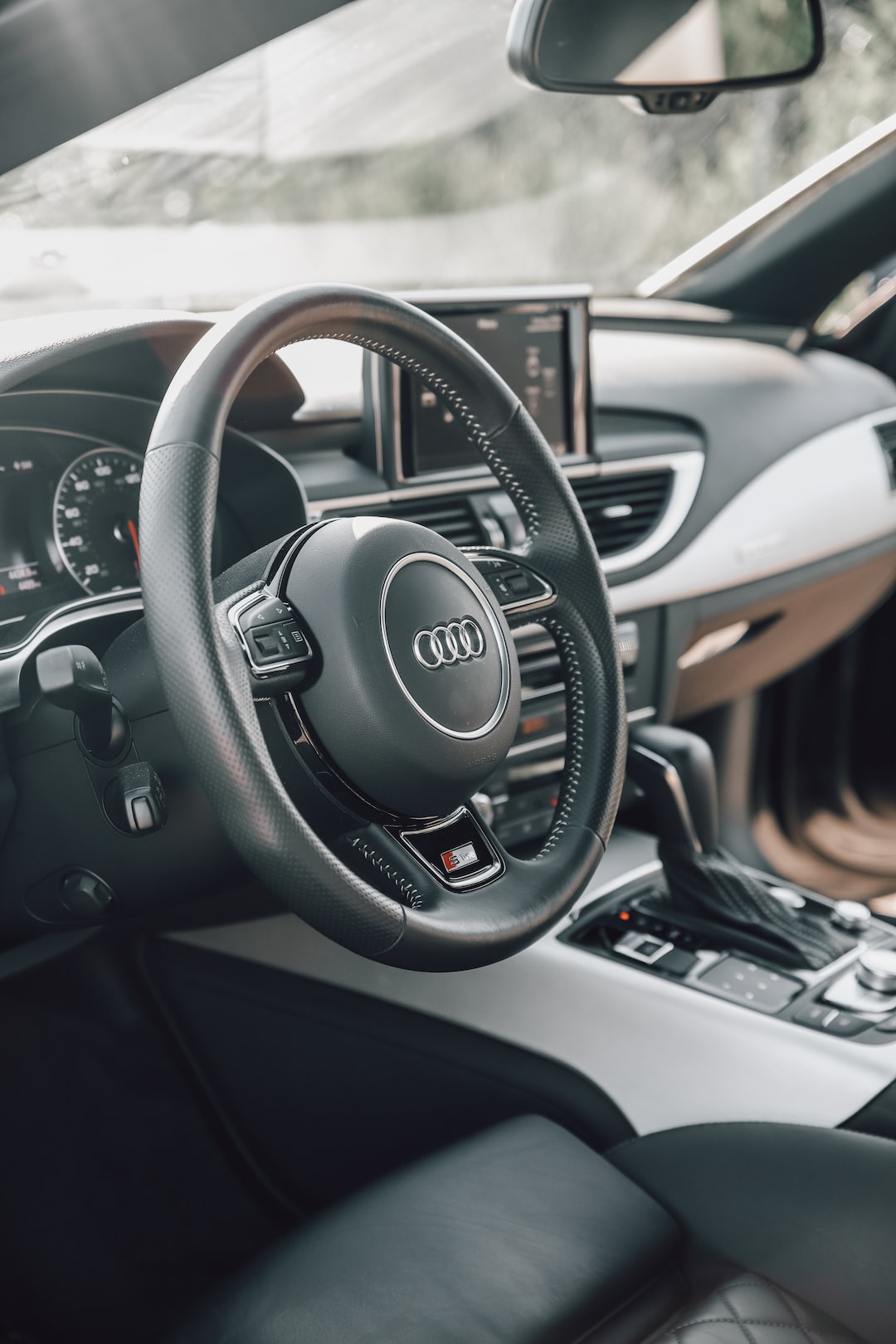Muscle cars have been an iconic symbol of the American automotive industry since the 1960s. These powerful machines were built for speed, style, and performance, and they were a hit with car enthusiasts and racers alike.
The roots of the muscle car can be traced back to the early 1950s, when American automakers introduced V8 engines into their cars for the first time. These big, powerful engines were capable of producing more horsepower and torque than their smaller, less powerful counterparts, and they quickly gained popularity among performance-minded drivers.
However, it wasn’t until the mid-1960s that the muscle car really took off. In 1964, Pontiac introduced the GTO, a car that combined a powerful V8 engine with a lightweight body to create a car that was both fast and maneuverable. The GTO quickly became a popular choice among car buyers, and Pontiac went on to sell more than 325,000 of these cars over the next decade.
Other automakers quickly followed Pontiac’s lead, introducing their own muscle cars to the market. Ford introduced the Mustang in 1964, while Chevrolet introduced the Camaro in 1967. These cars were popular from the start, and they became icons of American car culture.
The 1970s saw a decline in the popularity of muscle cars, as oil prices rose and the US government introduced stricter emissions regulations. Many car manufacturers stopped producing large, powerful engines in favor of smaller, more fuel-efficient models.
However, the legacy of the muscle car lives on. Today, many car enthusiasts continue to collect and restore these classic cars, and new versions of classic models like the Mustang and Camaro continue to be produced.
In addition, the muscle car has had a lasting impact on American car culture. These powerful machines are still seen as symbols of freedom, adventure, and power, and they continue to inspire car enthusiasts and racers around the world.
Overall, the history of muscle cars is a testament to the ingenuity and innovation of American car manufacturers. These cars have helped to define American car culture, and they continue to be celebrated and admired today. Whether you’re a car enthusiast or simply a fan of American history, the legacy of the muscle car is one that you won’t want to miss.

